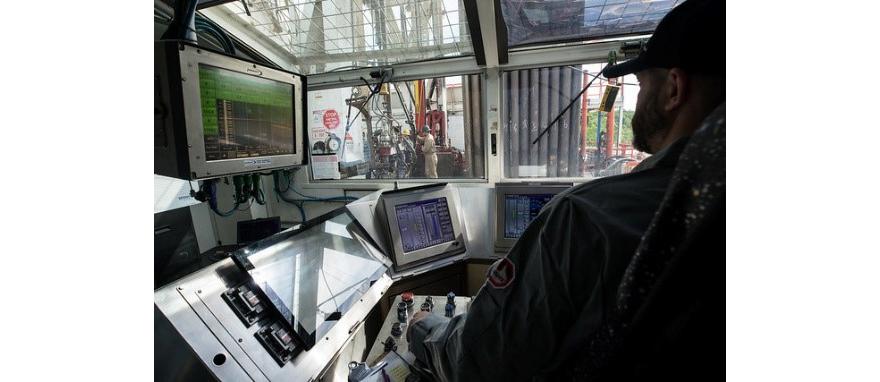
The National Energy Technology Laboratory (NETL) highlighted Monday the Marcellus Shale Energy and Environmental Laboratory (MSEEL), a test well project aimed at improving natural gas production efficiency and minimizing environmental impacts at hydraulic fracturing sites in the Marcellus Shale region.
NETL, West Virginia University, and Ohio State University created MSEEL in 2014. The U.S. Department of Energy funds the project, and NETL provides project management and technical oversight.
The project included the creation of a scientific observation well to collect subsurface data using seismic array instruments to monitor stimulation events in two wells and collection of 147 core drillings.
According to NETL, the project has resulted in “use of data acquisition and modeling approaches for reservoir-scale simulations; a more detailed understanding of subsurface rock properties, faults and fracture systems; integration of geochemical and microbiological studies to better understand the effects of fluid and rock interactions over time; and confirmation that synthetic drilling mud that is cleaner and more environmentally friendly to dispose of than traditional mud while improving drilling performance.”
“The current R&D is geared toward cost-effectively improving gas recovery from horizontal drilling and hydraulic fracturing in the region,” NETL’s John Duda said. “The initial efforts advanced hydraulic fracture stimulation techniques that NETL researchers pioneered years ago. A key objective of the field test is to demonstrate more cost-effective techniques for the development of advanced completion strategies that can be applied to other areas of the Marcellus shale play to improve overall resource recovery efficiency.”